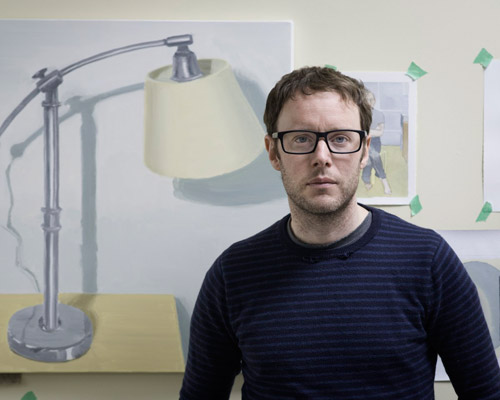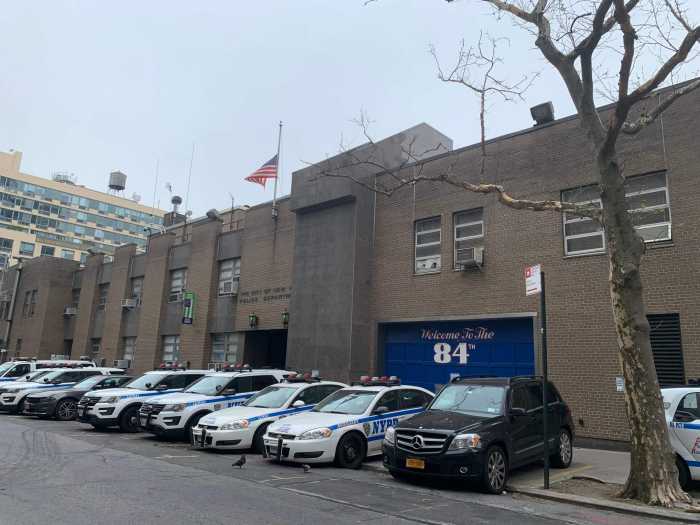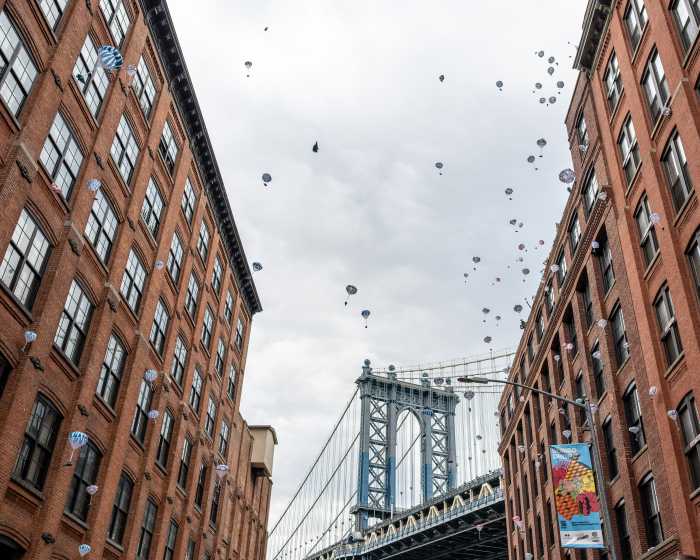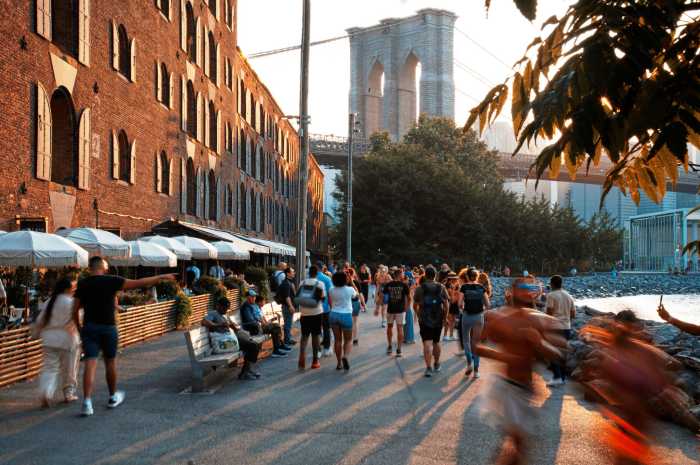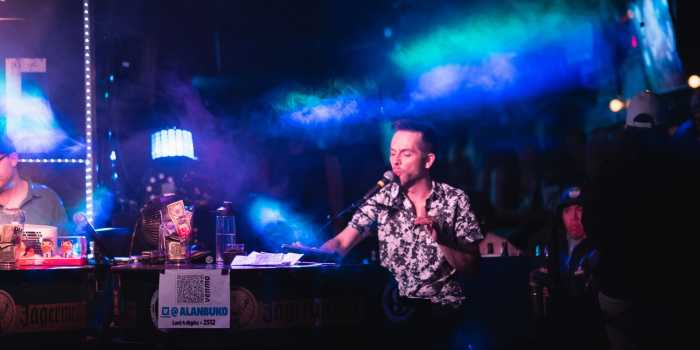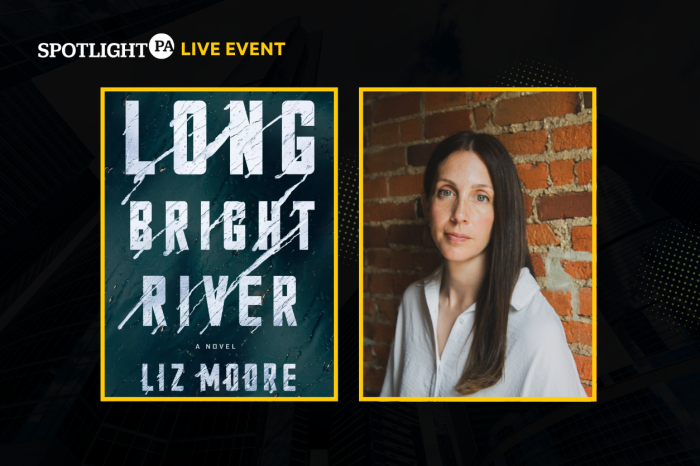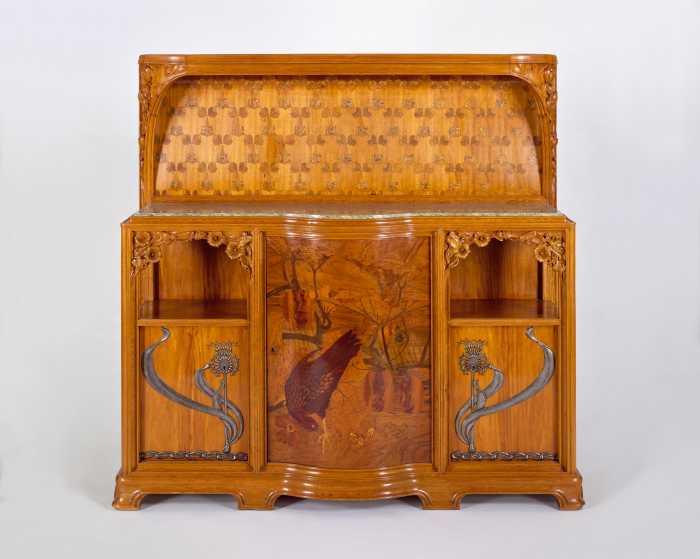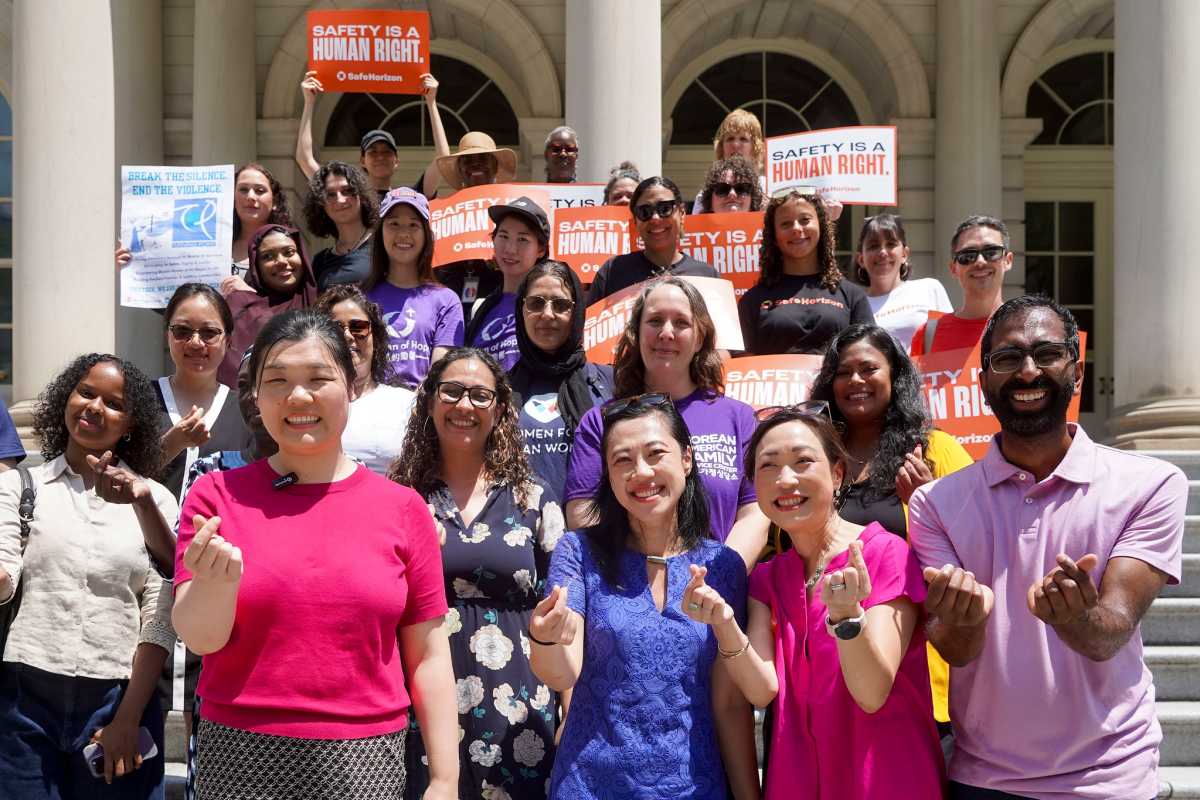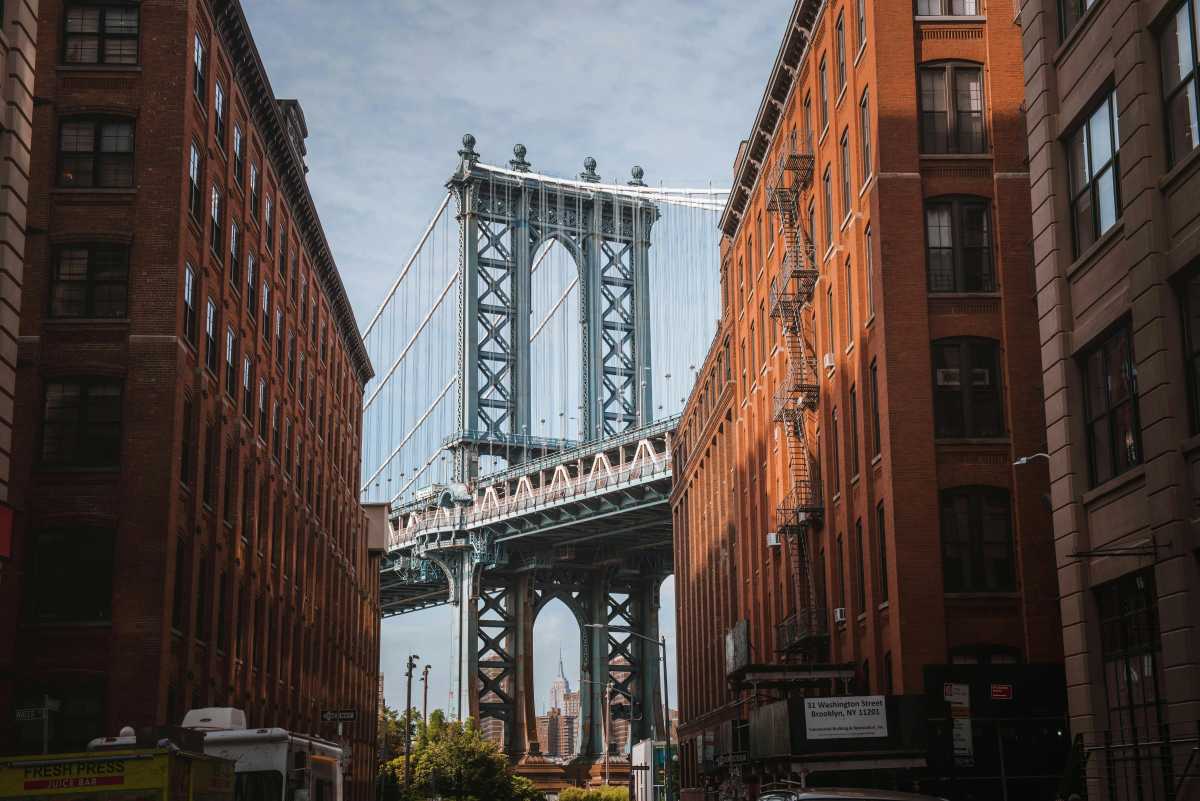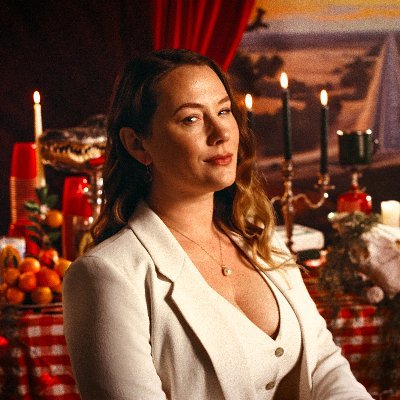You don’t need a degree to understand contemporary art — just an open mind.
A Brooklyn writer and artist has penned a book attempting to explain the vast and saturated world of contemporary art, which he will discuss at PowerHouse Arena in Dumbo on March 3. In “The Contemporaries,” Roger White — who is primarily based in Vermont but has held studios throughout Kings County since 1998 — explores art schools, assistantships, small city art scenes, and three contemporary artists whose work is more different than similar, all in an effort to answer the question: what is contemporary art?
We weren’t sure either, so we caught up with White to find out.
Trupti Rami: How would you explain contemporary art to the average Joe?
Roger White: Contemporary art as a term is a useful sort of fiction to bring different practices together under one roof. One of the things that fascinates me about contemporary art is that, right now, there are artists doing very different things from one another. One person is painting traditional oil still-lifes, another artist is giving performance lectures, a third is engaged in activism. All those things are supposedly contemporary art, but they have little in common with one another.
TR: Why should regular people care about it?
RW: There’s this idea that art is esoteric and abstract, but the thing about contemporary art is that artists want it to be relevant to the contemporary situation. It’s also very accessible. Art-making in the United States was for a long time something that very few people actually did. Over the past half a century, we’ve seen a huge explosion in young people making work in lots of different places. There’s a tremendous amount of production and strange, wonderful, exciting things happening.
TR: How can newbies get started in their own contemporary art odyssey?
RW: New York is so great. Galleries are free. You can go to the Lower East Side, Bushwick, Chelsea [Editor’s note: The Brooklyn Paper only endorses doing one of these three things], and a lot of different neighborhoods and take an afternoon to see amazing work you’ve never seen before for no money. A trip to MoMA could help to see where all of this comes out of. But really, my advice is to dive in and don’t be intimidated. It’s there to be enjoyed.
TR: Where is the best place to learn?
RW: One of the things that makes visual art different than other media like film, music, or sports is that it is meant to be seen in person as much as possible. Chances are you won’t have to go very far. Brooklyn is interesting because things move very fast. Five years ago, Williamsburg was viable for artists. Now they’re moving out to Bushwick and Ridgewood. Sunset Park, too. If it doesn’t yet have gallery spaces, it will. There are also wonderful non-profits in Dumbo like Smack Mellon. I get overwhelmed trying to keep track of it, but it’s not something to be intellectually mastered. It’s not school. It’s art.
Roger White discusses “The Contemporaries” at PowerHouse Arena [37 Main St. between Water and Front streets in Dumbo, (718) 666–3049, www.power



